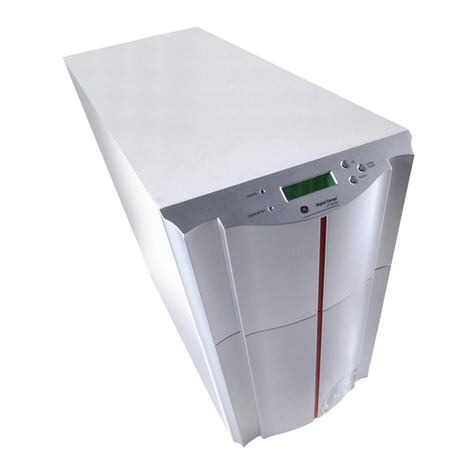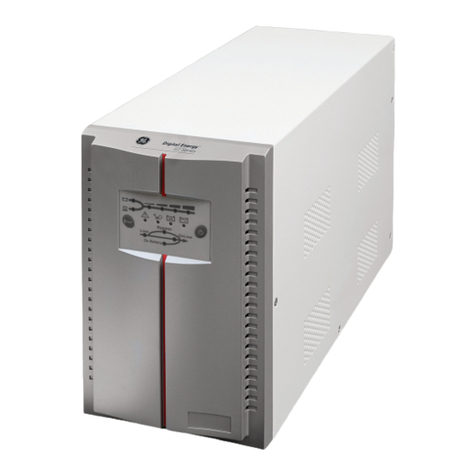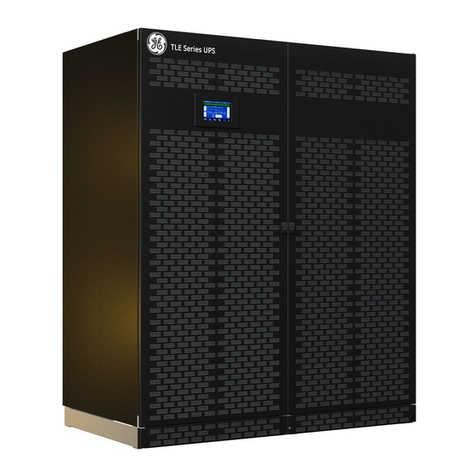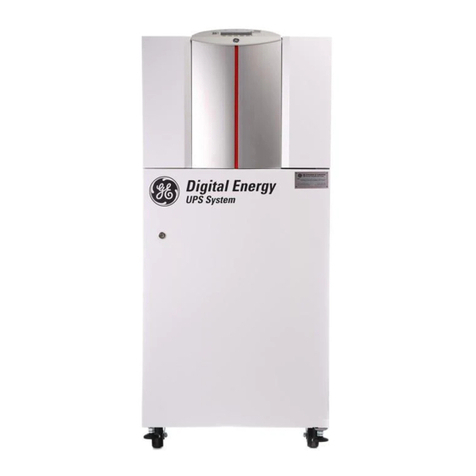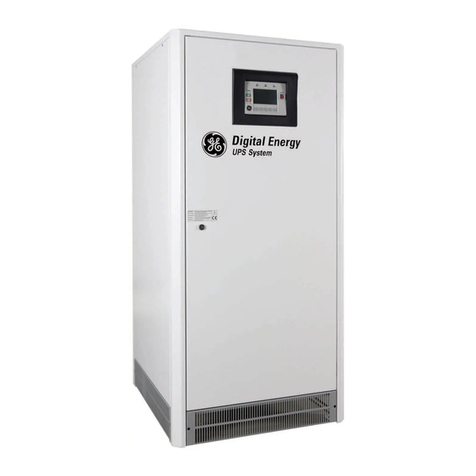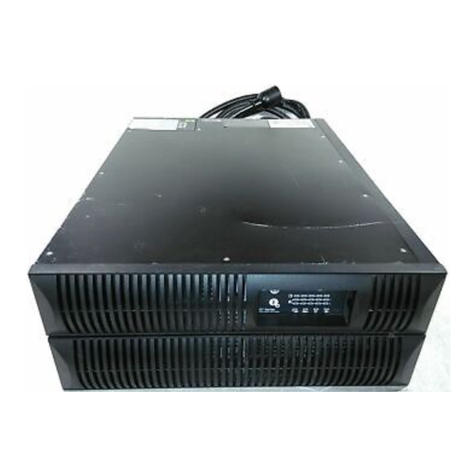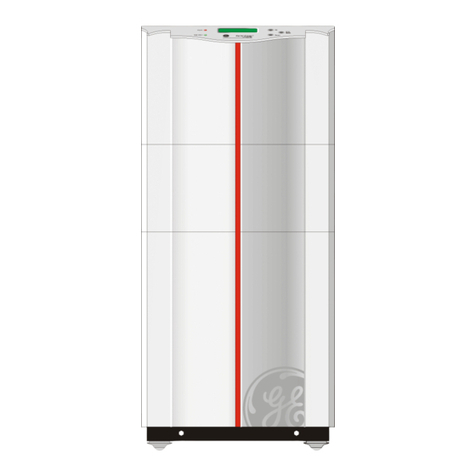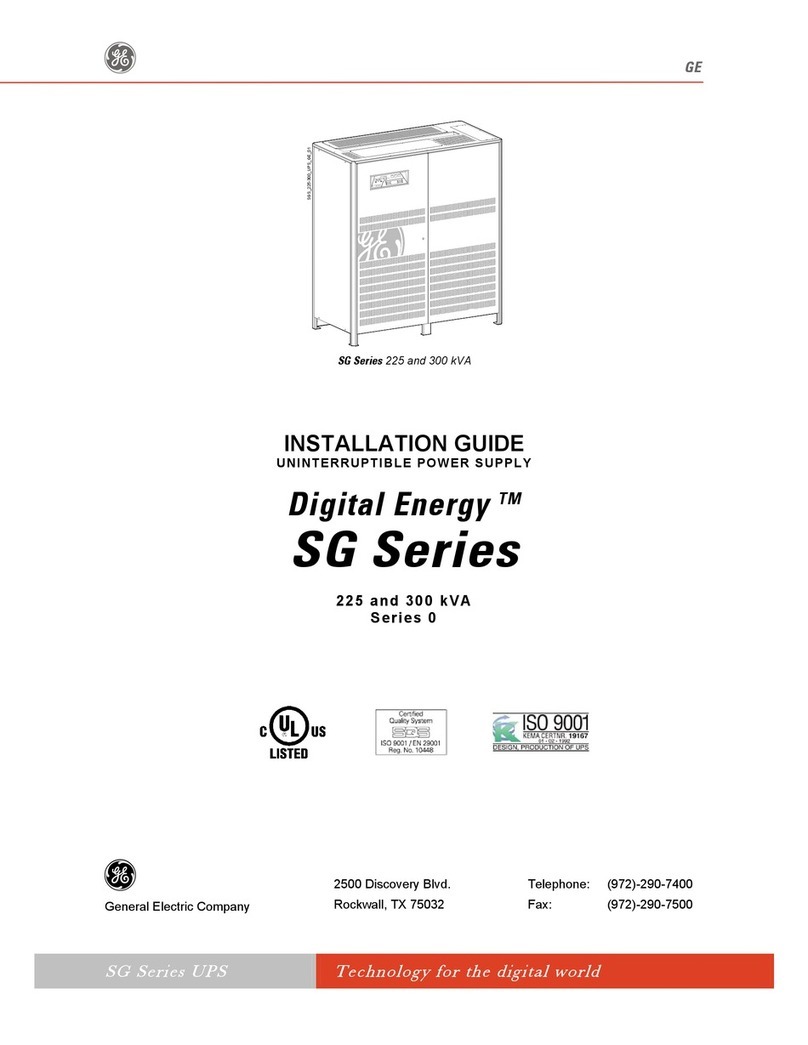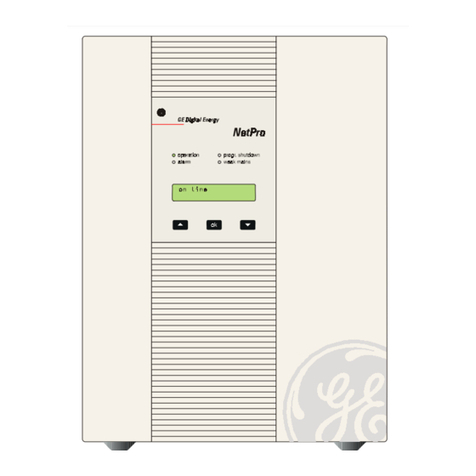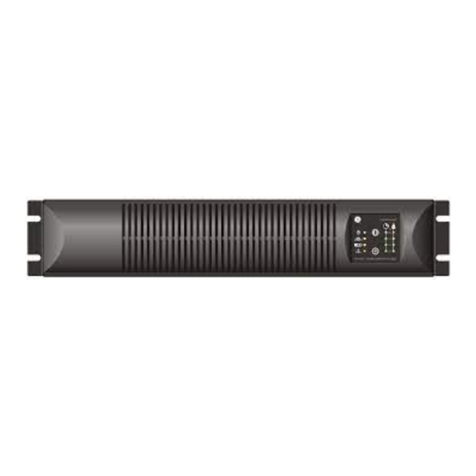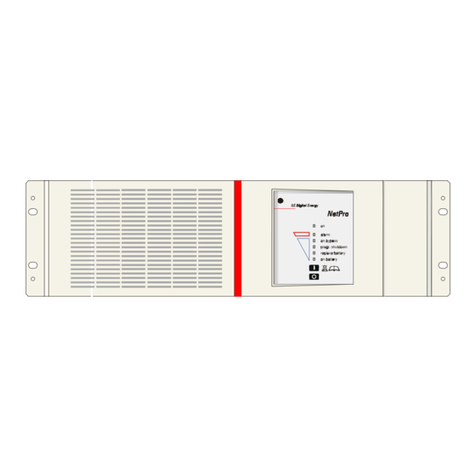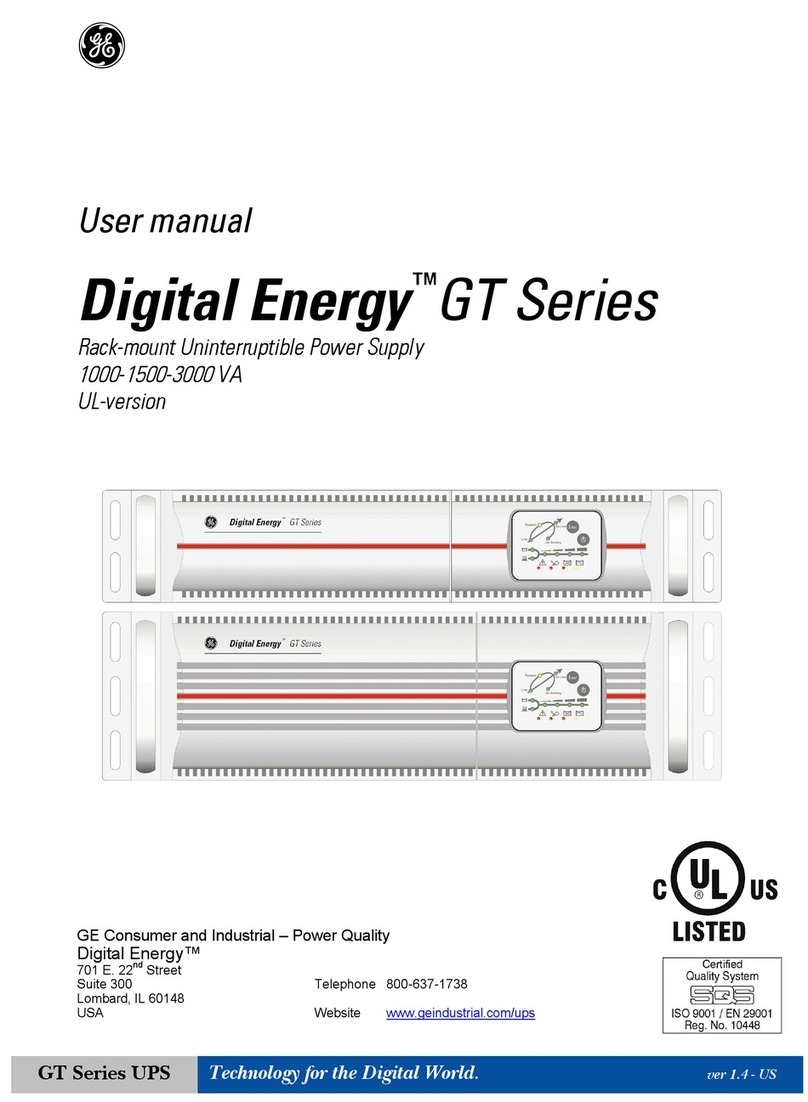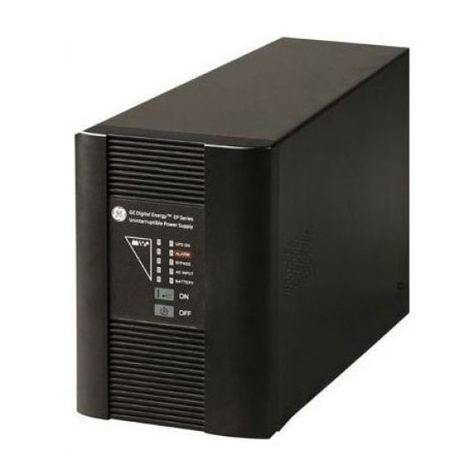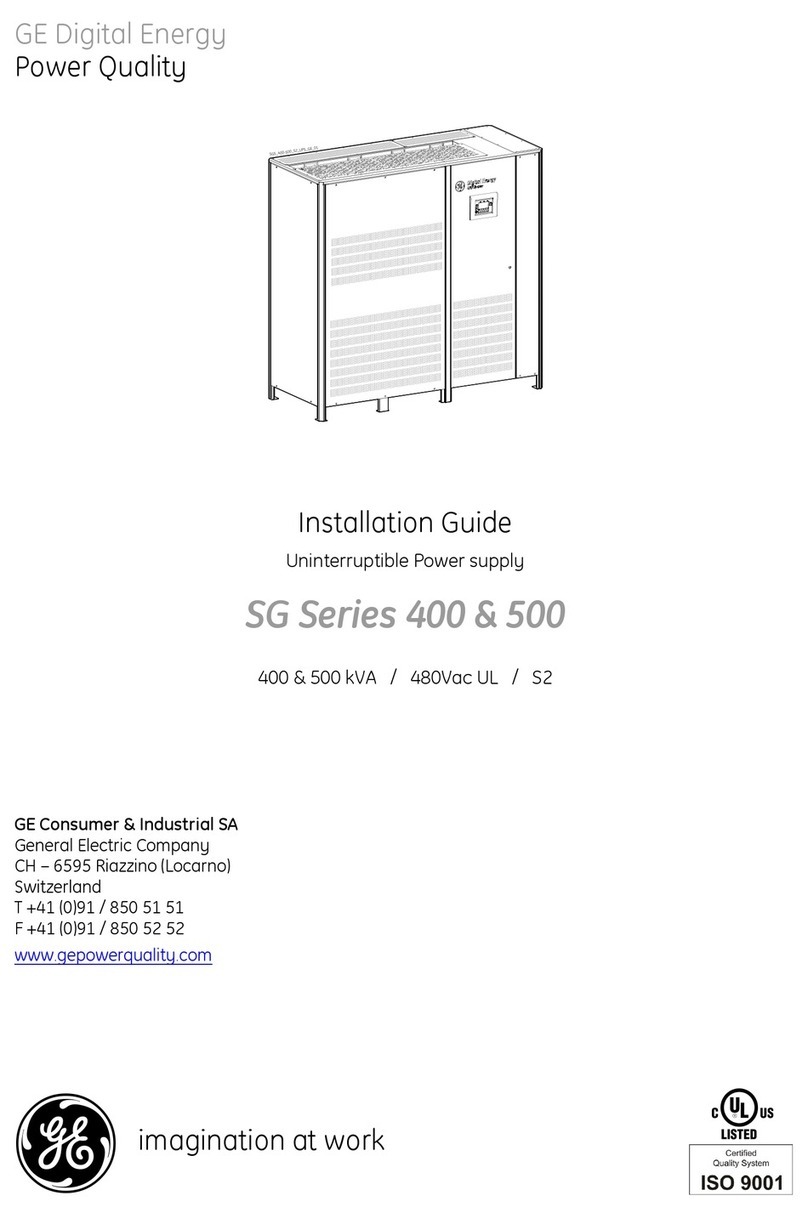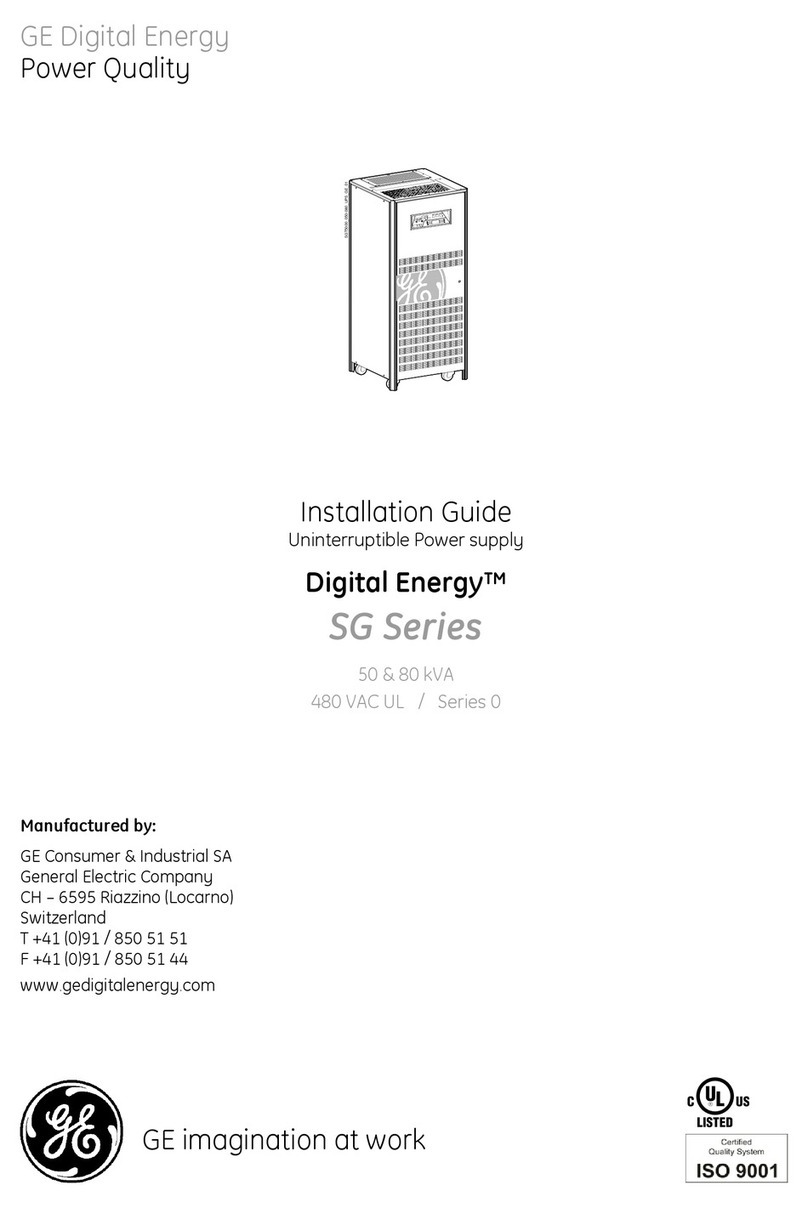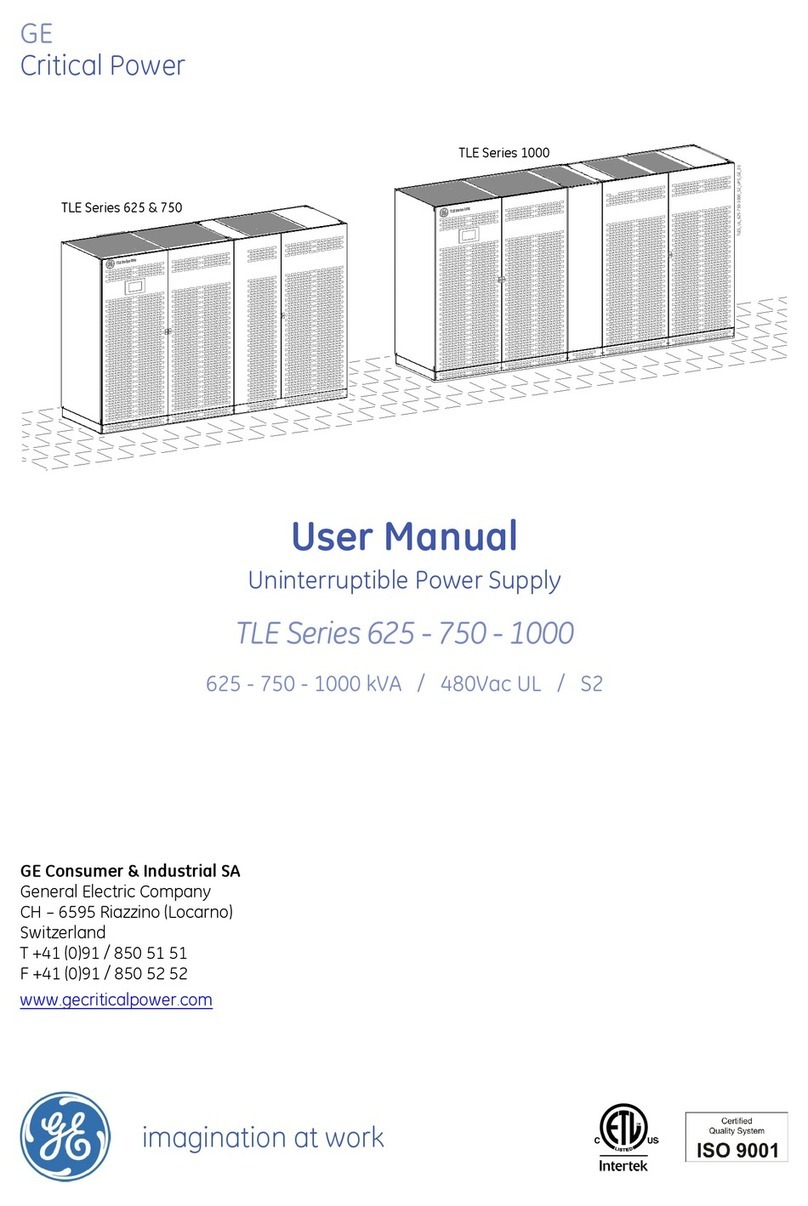g GE
OPM_SGS_ISG_10K_40K_0US_V010.doc 5/45 Installation Guide SG Series 10, 20, 30 & 40 kVA
Table of contents Page
1IMPORTANT SAFETY INSTRUCTIONS...........................................................................6
2LAYOUT............................................................................................................................9
2.1 LAYOUT SG Series 10 AND 20 KVA................................................................................ 9
2.2 LAYOUT SG Series 30 AND 40 KVA.............................................................................. 10
3INSTALLATION ..............................................................................................................11
3.1 TRANSPORT.............................................................................................................. 11
3.1.1 Dimensions and weight ...............................................................................................11
3.2 DELIVERY ..................................................................................................................12
3.3 STORAGE ..................................................................................................................12
3.3.1 Storage of the UPS .....................................................................................................12
3.3.2 Storage of battery .......................................................................................................12
3.4 PLACE OF INSTALLATION ........................................................................................13
3.4.1 UPS location ...............................................................................................................13
3.4.2 Battery location ........................................................................................................... 15
3.5 VENTILATION AND COOLING...................................................................................16
3.6 UNPACKING............................................................................................................... 17
3.7 ELECTRICAL WIRING................................................................................................ 19
3.7.1 Utility input connection ................................................................................................ 19
3.7.2 Input/output over current protection and wire sizing .................................................... 20
3.7.3 Battery over current protection and wire sizing............................................................21
3.8 WIRING CONNECTION.............................................................................................. 24
3.8.1 Power connections......................................................................................................24
3.8.2 Power connection with common input utility of SG Series 10 and 20 kVA.......................27
3.8.3 Power connection with common input utility of SG Series 30 and 40 kVA.......................28
3.8.4 Power connection separate input utility of SG Series 10 and 20 kVA..............................29
3.8.5 Power connection separate input utility of SG Series 30 and 40 kVA..............................31
3.8.6 Battery connection of SG Series 10 and 20 kVA............................................................. 33
3.8.7 Battery connection of SG Series 30 and 40 kVA............................................................. 34
3.8.8 Setup for SG Series when functioning as frequency converter ....................................... 35
3.9 POWER WIRING OF PARALLEL UNITS....................................................................36
3.10 PARALLEL CONTROL BUS CONNECTION...............................................................37
3.11 CONTROL BUS CABLE LOCATION ..........................................................................39
4CUSTOMER INTERFACE...............................................................................................41
4.1 CUSTOMER INTERFACE ..........................................................................................41
4.1.1 Serial Port J3 ..............................................................................................................42
4.1.2 Output free potential contacts .....................................................................................42
4.1.3 Programmable input free contacts...............................................................................43
4.1.4 Gen Set Signaling (GEN ON)......................................................................................43
4.1.5 AUX external Maintenance Bypass .............................................................................43
4.1.6 Auxiliary Power Supply (APS) 24 VDC / 1A ................................................................43
4.1.7 EPO (Emergency Power Off) Input contact .................................................................44
5NOTES............................................................................................................................45
5.1 NOTES FORM ............................................................................................................ 45
